It’s 2024 and everyone loves the idea of homesteading. And what’s more natural than a beautiful homesteading design that incorporates houseplants that can benefit your home year-round!




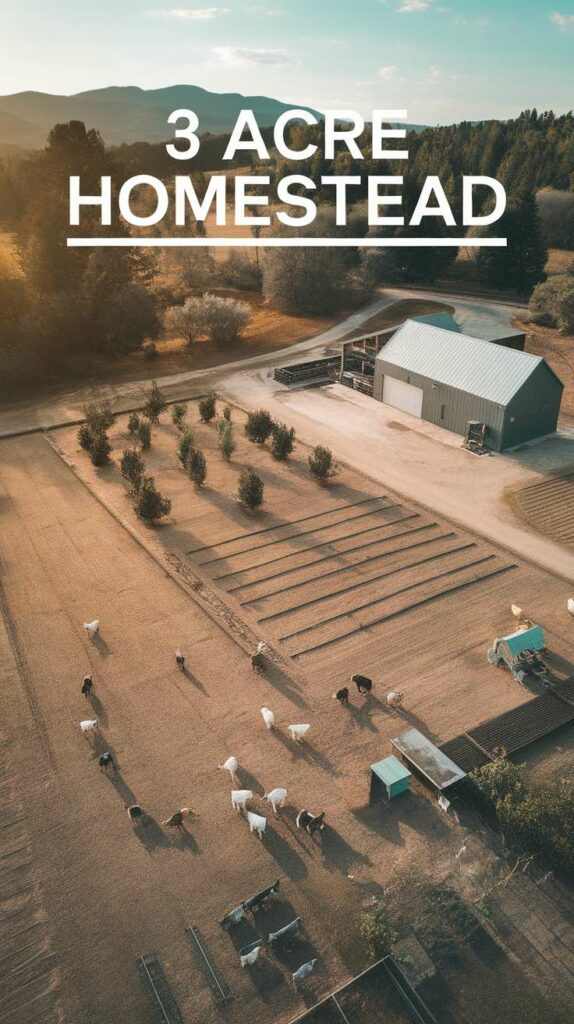
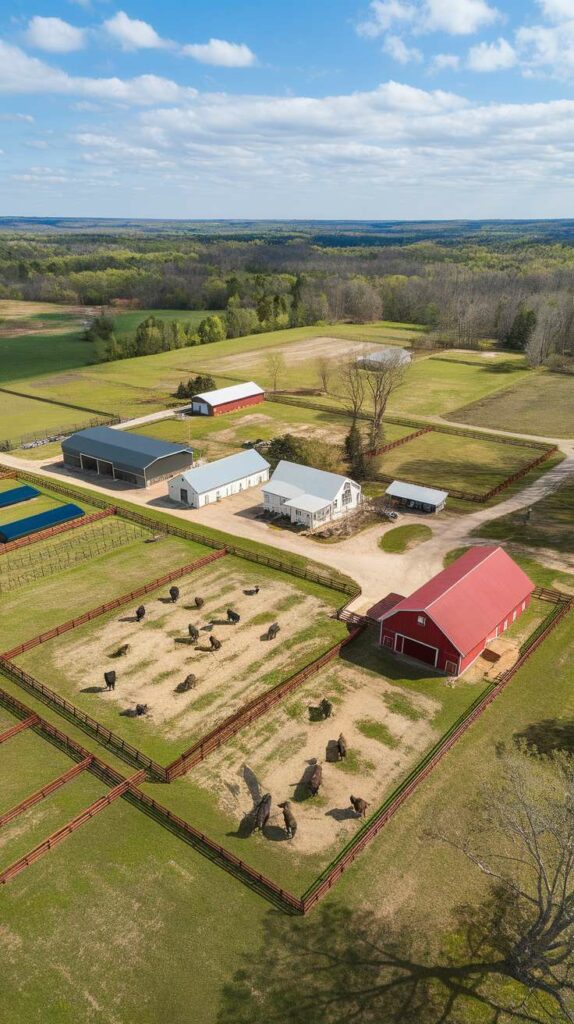
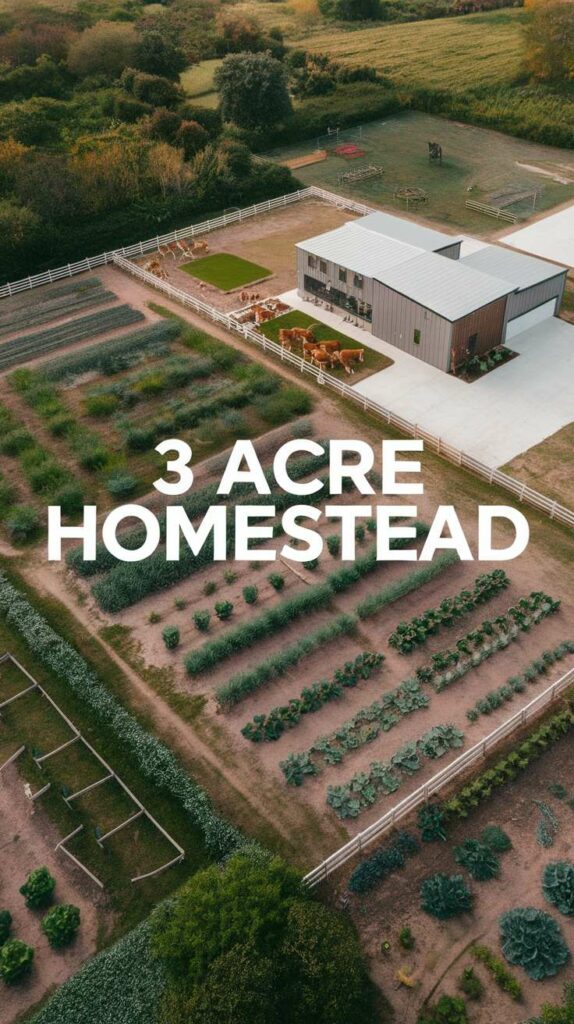




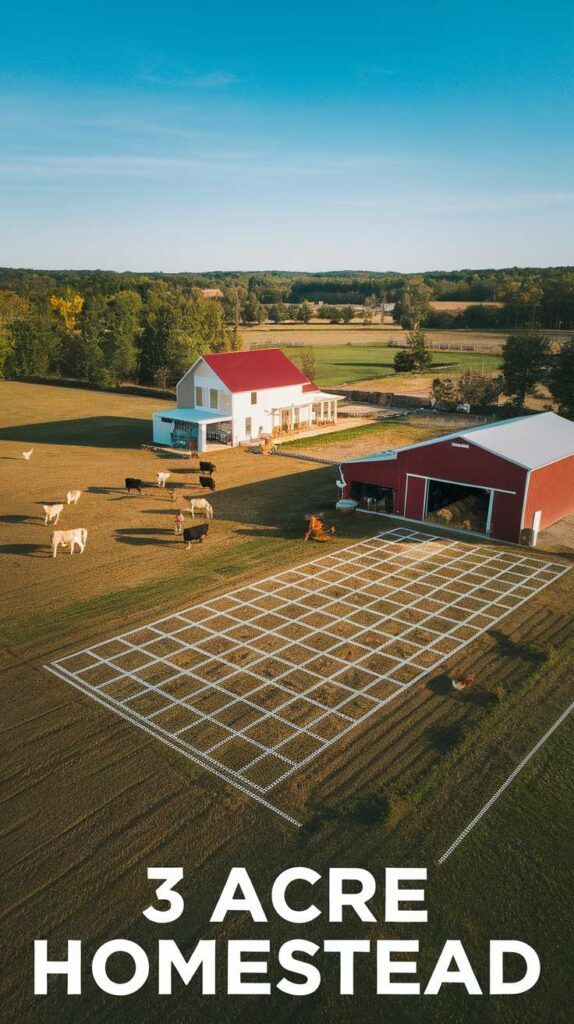
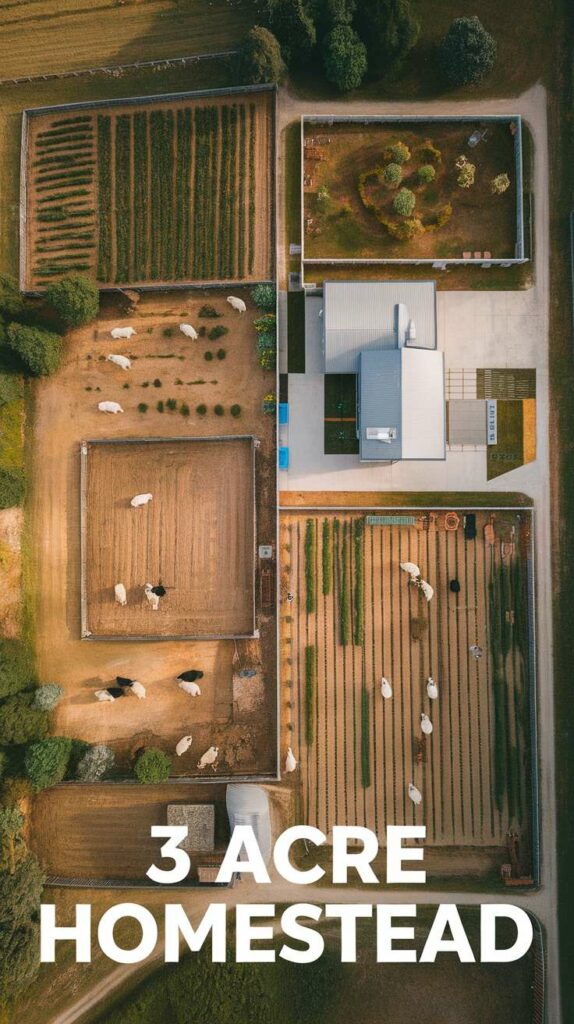
Houseplants offer much more than aesthetically pleasing greenery. They are essential elements in homesteading designs, providing a host of benefits that enhance your off-grid lifestyle. From improving indoor air quality to serving as educational tools for children, houseplants play a vital role in creating a thriving homestead.
My Recent Story of Houseplants in Homesteading Designs



As I stepped onto the winding dirt road leading to the heart of Tennessee’s countryside, I felt a sense of anticipation tingling in the air. My journey to meet a fellow homesteader had brought me here, to a place where the rolling hills seemed to whisper tales of generations past.
Little did I know that this encounter would not only introduce me to a kindred spirit but also unveil the hidden treasures of a homestead adorned with lush houseplants.
Upon arrival, I was greeted by Sarah, the owner of this rustic abode nestled amidst acres of greenery. Her warm smile and genuine hospitality immediately put me at ease.
As we exchanged pleasantries, Sarah mentioned her love for houseplants and how they had become an integral part of her homesteading lifestyle.
Eager to explore, I followed Sarah along a winding path that led to her quaint homestead. As we approached, my eyes were met with a picturesque scene straight out of a magazine.
The humble dwelling was adorned with an array of vibrant houseplants, their lush foliage spilling out of windows and adorning the porch with natural grace.
Entering Sarah’s homestead felt like stepping into a verdant sanctuary. Every corner was adorned with verdant life, from cascading ferns to towering palms. Sarah explained how each plant served a purpose beyond mere decoration, contributing to the well-being of her household in various ways.
We wandered through rooms filled with greenery, Sarah sharing stories of how certain plants purified the air and others provided sustenance through edible leaves and fruits.
The air was noticeably fresher, infused with the earthy scent of soil and the delicate fragrance of blooming flowers.
As we sat down for tea amidst a jungle of foliage, Sarah shared her insights into the benefits of incorporating houseplants into homesteading designs. Not only did they enhance the aesthetic appeal of her home, but they also improved indoor air quality, provided food, and even acted as natural pest deterrents.
As the sun dipped below the horizon, casting a warm glow over the homestead, I couldn’t help but marvel at the symbiotic relationship between Sarah and her houseplants. It was a testament to the resilience of nature and the boundless potential of off-grid living.
Leaving Sarah’s homestead that evening, I carried with me a newfound appreciation for the role of houseplants in homesteading. Beyond their beauty, they were essential allies in the journey towards self-sufficiency and sustainable living. And as I drove away, I couldn’t shake the feeling that I had just witnessed the epitome of harmony between humanity and the natural world.
Selecting the Right Houseplants for Your Homestead


The right houseplants can enhance the aesthetic appeal of your living space while providing numerous benefits.
Before making your selection, consider the following criteria:
- Light Requirements: Assess the lighting conditions in different areas of your homestead. Some houseplants require direct sunlight, while others thrive in low-light environments. Choose plants that can adapt to the natural light available.
- Watering Needs: Take into account your off-grid water supply and consider houseplants that have low to moderate water requirements. Drought-tolerant species are ideal for homesteading environments where water conservation is a priority.
- Climate Adaptability: Consider the climate of your homestead and select plants that can withstand the temperature fluctuations and conditions prevalent in your area. Choose plants that are native or well-suited to your climate for better survival rates.
- Space and Size: Evaluate the available space within your homestead and determine the sizes of plants that would fit comfortably. Consider vertical gardening options or smaller plants for limited space areas.
- Purpose and Use: Reflect on the purpose you want your houseplants to serve. Are you looking for plants solely for aesthetics, or would you like them to provide food, purify the air or serve medicinal purposes as well?
Integrating Houseplants into Homestead Structures


Transform your homestead into a lush oasis by seamlessly integrating houseplants into its physical structures.
Not only will this enhance the aesthetic appeal of your off-grid living space, but it will also provide numerous benefits for your overall well-being. From vertical gardens to green roofs, there are various creative ways to incorporate plants into your homestead structures.
One innovative way to integrate houseplants is through the use of vertical gardens.
These vertical structures allow you to grow plants vertically, maximizing space and creating a stunning visual display.


Whether you attach planters to walls, install hanging baskets, or use modular systems, vertical gardens provide a practical and space-saving solution for incorporating greenery into smaller homesteads.
You can also utilize green roofs to integrate houseplants into your homestead structures. A green roof involves covering the roof surface with a layer of soil, allowing you to grow plants directly on top. Not only does this help insulate your homestead, reducing energy consumption, but it also provides a habitat for wildlife and reduces stormwater runoff.
Houseplants for Indoor Air Quality in Homesteads


Did you know that houseplants can do more than just beautify your homestead? They can also act as natural air purifiers, improving the indoor air quality of your living space. By incorporating the right houseplants into your home, you can create a healthier and more uplifting environment for you and your family.
Indoor air pollution is a common concern in many households, especially in homesteads where off-grid living may present unique challenges. However, certain houseplants have been proven to effectively filter out harmful toxins and pollutants, helping to cleanse the air you breathe.
One such plant is the Snake Plant (Sansevieria trifasciata), also known as Mother-in-law’s Tongue. This resilient plant is known for its ability to absorb toxins like carbon dioxide, formaldehyde, and benzene, making it an excellent choice for improving indoor air quality.
Another powerful air-purifying plant is the Spider Plant (Chlorophytum comosum). It is highly effective at removing formaldehyde, a common indoor pollutant found in products such as carpets, furniture, and cleaning agents.
The Aloe Vera plant (Aloe barbadensis) is also known for its air-purifying qualities. Not only does it help filter out toxins like benzene and formaldehyde, but its leaves also release oxygen at night, making it an ideal addition to your bedroom for improved air quality while you sleep.
Houseplants for Food Production in Homesteads



Certain houseplants serve a dual purpose by not only beautifying your homestead but also providing you with a source of food.
These edible houseplants offer a sustainable way to supplement your homesteading efforts and enhance your self-sufficiency.
Imagine having fresh herbs, leafy greens, or even fruits growing right inside your home or in a greenhouse on your property. With the right selection of houseplants, you can enjoy the satisfaction of growing your own food while enjoying the numerous benefits that come along with it.
Benefits of Houseplants for Food Production
1. Access to Fresh, Nutritious Food: Growing your own food ensures that you have access to fresh, nutrient-rich produce right at your fingertips. From herbs like basil and mint to leafy greens like kale and spinach, houseplants can provide you with a constant supply of wholesome ingredients for home-cooked meals.
2. Cost Savings: By growing your own food with houseplants, you can significantly reduce your grocery expenses. With careful planning and cultivation, you can enjoy a variety of foods without having to rely solely on store-bought produce.
3. Sustainable Practices: Growing food indoors or in a controlled environment allows you to practice sustainable agriculture. You can minimize the use of pesticides and herbicides, conserve water, and reduce food waste by only harvesting what you need.
Edible Houseplants for Your Homestead
There are numerous houseplants that are not only visually appealing but also edible. Here are a few examples that you can consider for food production in your homestead:
- Herbs: Basil, parsley, mint, and rosemary are just a few examples of herbs that can thrive indoors and add flavor to your meals.
- Microgreens: Sprout crops like arugula, radish, or broccoli indoors for a nutrient-packed source of greens.
- Leafy Greens: Spinach, lettuce, and Swiss chard are leafy greens that can be grown in containers or vertical gardens.
- Fruits: Certain fruit-bearing houseplants like citrus trees or strawberries can provide you with fresh fruit in the comfort of your own home.
- Root Vegetables: Carrots, beets, and radishes can be grown in pots or deep containers with proper soil depth.
Houseplants for Medicinal and Herbal Uses on Homesteads
As you embrace the self-sufficient lifestyle on your homestead, it’s essential to harness the power of nature to support your well-being.
That’s where houseplants for medicinal and herbal uses come into play. These remarkable plants not only bring beauty to your off-grid living space but also offer therapeutic properties that can be utilized for natural remedies and herbal preparations.

Imagine having a home filled with herbs and plants that can be used to promote healing, boost immunity, and treat common ailments.
With the right selection of houseplants, you can create your very own natural pharmacy right on your homestead.
The Healing Potential of Houseplants
Certain houseplants are renowned for their medicinal properties and have been used for centuries in traditional medicine practices. For example, aloe vera, with its gel-filled leaves, is known for its soothing and healing properties, making it an excellent remedy for burns, sunburns, and skin irritations.
Another popular houseplant with medicinal uses is peppermint. Its leaves contain menthol, a compound known for its ability to relieve digestive discomfort and ease headaches. Infusing peppermint leaves in hot water creates a refreshing and invigorating herbal tea that can aid digestion and provide relief from migraines.
Other houseplants like lavender, chamomile, and rosemary offer various health benefits. Lavender promotes relaxation and can help with sleep disorders, anxiety, and stress.
Chamomile has soothing properties and is often used as a calming tea to aid in sleep and digestion. Rosemary, on the other hand, is known for its antioxidant properties and can be used as a natural remedy for improving memory and concentration.
Your Homestead Herbal Medicine Cabinet



By incorporating these medicinal houseplants into your homestead, you no longer need to rely solely on over-the-counter medications for minor ailments. Instead, you can turn to your very own herbal medicine cabinet that embraces the power of nature.
Here are a few houseplants for medicinal and herbal uses on homesteads:
- Aloe Vera: Soothes burns and skin irritations
- Peppermint: Relieves digestive discomfort and headaches
- Lavender: Promotes relaxation and aids in sleep
- Chamomile: Calms and aids digestion and sleep
- Rosemary: Enhances memory and concentration
Houseplants for Pest Control in Homesteading
When it comes to maintaining a pest-free homestead, houseplants can be your secret weapon. These green companions not only add beauty and serenity to your off-grid living space but also act as natural pest deterrents.
By strategically selecting the right plant varieties, you can safeguard your crops and eliminate the need for harmful chemicals.
So, which houseplants should you choose to keep pests at bay? Let’s explore some plant varieties that naturally repel common pests:
- Lavender: Not only does lavender emit a soothing fragrance, but its strong scent also repels mosquitoes, flies, and moths.
- Rosemary: This fragrant herb repels a wide range of pests, including mosquitoes, flies, and cabbage moths.
- Marigold: With their bright, vibrant flowers, marigolds not only add color to your homestead but also help repel aphids, mosquitoes, and nematodes.
- Chrysanthemum: Chrysanthemums contain pyrethrin, a natural insecticide that wards off pests like ants, roaches, and fleas.
- Mint: Mint plants, with their refreshing aroma, can repel ants, fleas, and rodents.
Houseplants for Aesthetic Enhancements in Homesteading Designs
By strategically placing houseplants throughout your homesteading design, you can create stunning visual displays that capture the essence of nature in your own home.
Different types of houseplants offer a wide range of aesthetic benefits, allowing you to personalize your space and express your unique style.
- Leafy plants, such as Boston Ferns and Philodendrons, add a touch of lushness and create a tropical atmosphere.
- Succulents, like Aloe Vera and Echeveria, bring a modern and minimalist element to your homestead with their sculptural forms.
- Flowering plants, including Orchids and Peace Lilies, infuse your space with vibrant colors and delightful fragrances.
Trailing plants like Pothos and String of Pearls can be used to create cascading displays, adding a dynamic and visually captivating element to your homesteading design.
With their natural beauty and versatility, houseplants allow you to blend the boundaries between indoors and outdoors, creating a seamless connection with nature. As you navigate your off-grid lifestyle, these plants will not only enhance the aesthetics but also serve as reminders of the vibrant ecosystem surrounding your homestead.
Maintaining and Caring for Houseplants on Your Homestead
Once you’ve selected the perfect houseplants for your homestead, it’s vital to know how to maintain and care for them to ensure their thriving growth.
1. Watering
Watering your houseplants correctly is crucial for their overall health. While the frequency of watering may vary depending on the plant species, a good general practice is to allow the soil to dry out slightly between waterings. This helps prevent root rot and promotes optimal water absorption for the plant’s growth.
2. Light Requirements
Understanding the light requirements of your houseplants is essential for maintaining their vitality. Some plants thrive in bright, direct sunlight, while others prefer shaded or indirect light. Place your plants accordingly to ensure they receive the right amount of light for optimal growth.
3. Nutrient Boost
Provide your houseplants with the necessary nutrients to support their growth. Use a balanced, organic fertilizer formulated specifically for houseplants and follow the recommended dosing instructions. Regularly feeding your plants will keep them healthy and vibrant.
4. Pest Prevention
Protect your houseplants from common pests by regularly inspecting their leaves and stems. If you detect any signs of infestation, such as webs, holes, or discoloration, take immediate action. Use organic pest control methods, such as neem oil or insecticidal soap, to keep pests at bay without harming your plants or the environment.

5. Pruning and Trimming
Trimming and pruning your houseplants is essential for maintaining their shape and overall health. Regularly remove any dead or yellowing leaves, and trim back unruly growth to encourage bushier, healthier plants.
6. Repotting
As your houseplants grow, they will eventually outgrow their containers. Repotting them into larger pots with fresh soil is necessary to accommodate their expanding root systems. Be sure to choose a well-draining potting mix suitable for the specific plant species.
7. Environmental Considerations
Take into account the unique environmental conditions on your homestead when caring for your houseplants. Factors such as temperature, humidity, and air quality can impact their growth. Adjust your care routine accordingly to provide the optimal conditions for your plants.
By following these essential tips and techniques, you’ll be able to maintain and care for your houseplants on your homestead successfully. Enjoy the beauty, benefits, and sense of tranquility that these green companions bring to your off-grid living space.
Houseplants as Educational Tools for Homesteading Families
When it comes to teaching children about nature, sustainability, and self-sufficiency, houseplants can serve as invaluable educational tools for families living off-grid. These green companions provide a hands-on learning experience that fosters a deeper understanding of the natural world.
By involving children in the care and cultivation of houseplants, you can instill important values such as responsibility, patience, and respect for the environment. They will witness the growth and development of plants firsthand, nurturing a sense of wonder and curiosity.
So, why not transform your homestead into a living classroom? Introduce your children to the wonders of nature, sustainability, and self-sufficiency through the power of houseplants. They’ll develop a lifelong connection with the natural world and gain essential skills that can empower them in their homesteading journey.








